A dramatic shift is taking place in suburban residential design, coinciding with the renewed popularity of urban downtowns. It’s the growing appeal of transit-oriented development, even in suburbs that have long been heavily car-dependent. Build a Better Burb will explore this phenomenon – typically associated in suburbs with a commuter rail line – in a new series beginning today. It will look at existing innovative examples, new projects underway, related design challenges, and the local leadership required to bring these developments to fruition.
A recent survey by the Long Island Index underscores the growing appeal. In a telephone survey of Long Island residents, conducted by Stony Brook University a majority (53%) said that it’s somewhat or very important to live within walking distance of shops and entertainment. That’s an extraordinary result in a region that has so long been dominated by cars. An even bigger majority (58%) supported increasing height limits in downtowns to allow apartments above stores. In addition, 68% supported new multi-level parking garages in local downtowns in their county, which would further facilitate greater density.
Fortunately, in many suburban downtowns buildable space is available. On Long Island, for instance, according to the Long Island Index, more than 4,000 acres of surface parking lots exist in and around its downtowns. And many of those downtowns relate closely to the Long Island Rail Road’s 124 stations. The potential for innovative use of that space can be seen in the Long Island Index’s ParkingPlus Design Challenge.
Parking will be just one area of interest as Build a Better Burb explores transit-oriented development. We hope that this series will underscore the exciting options available and facilitate greater local consideration of those options.

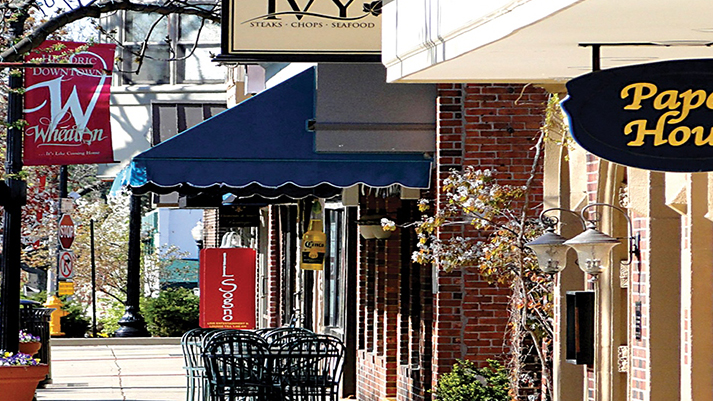
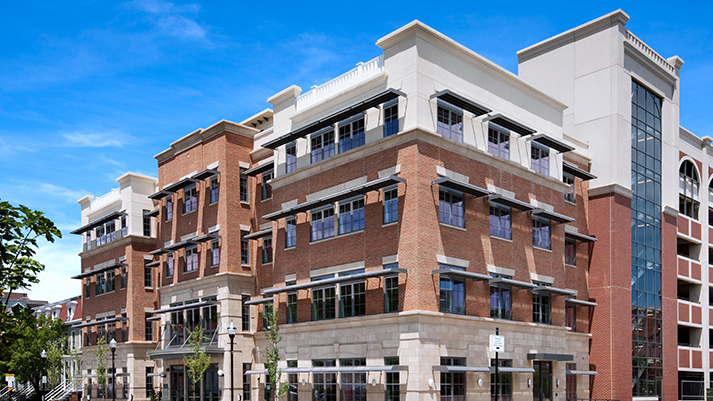
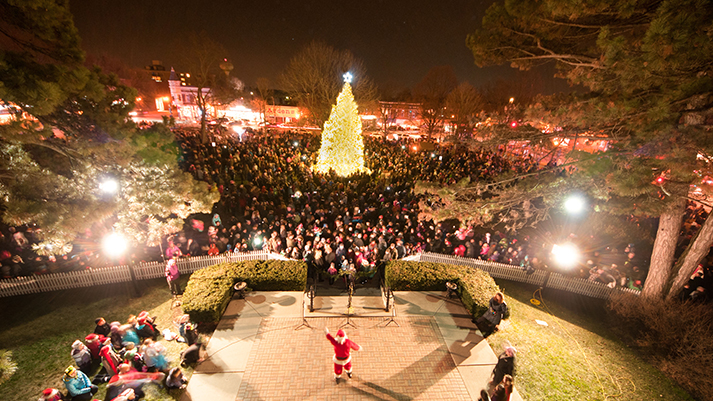

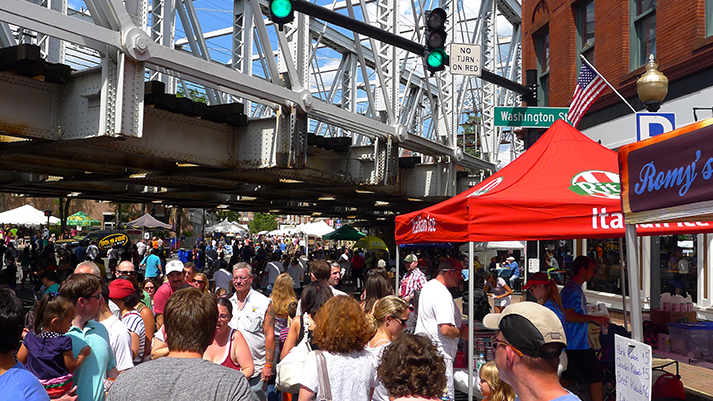
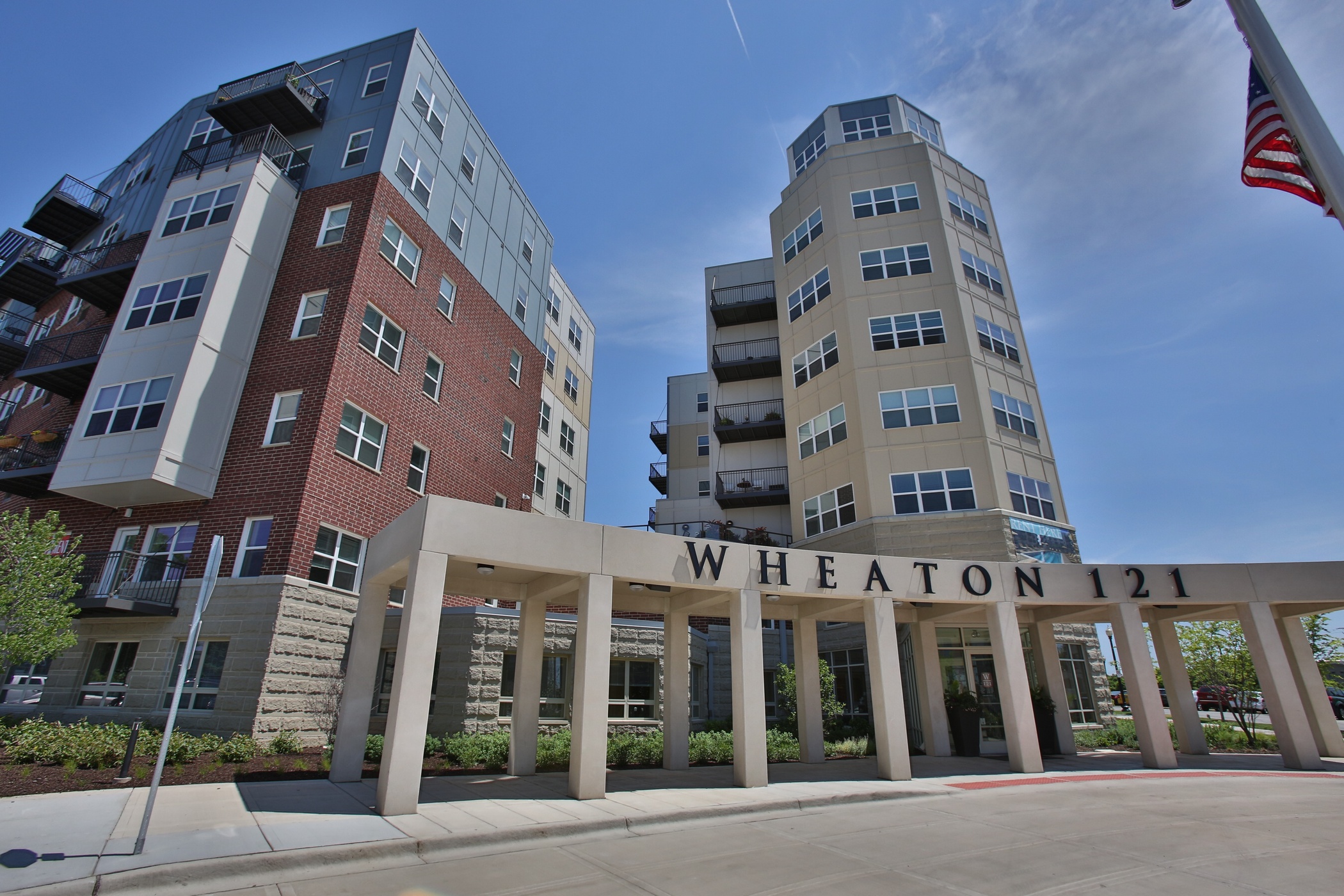
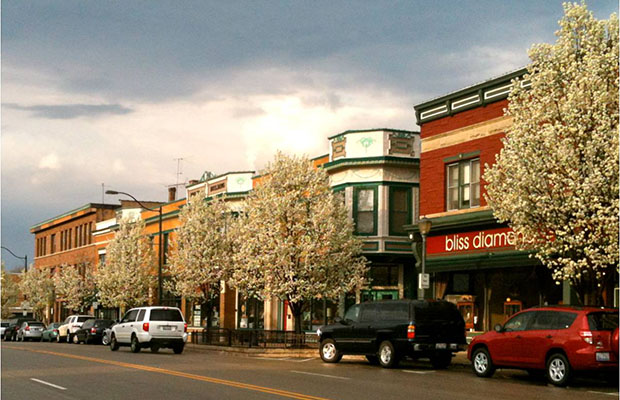
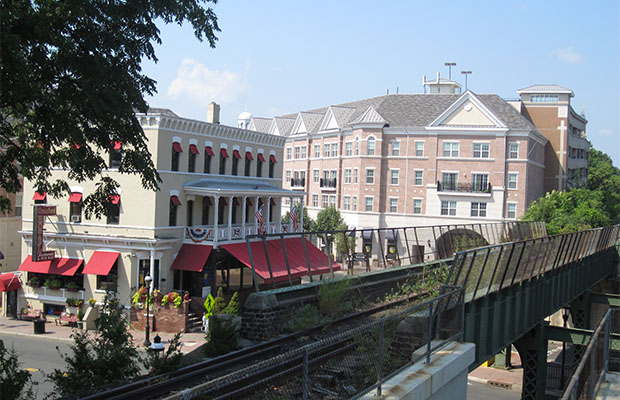
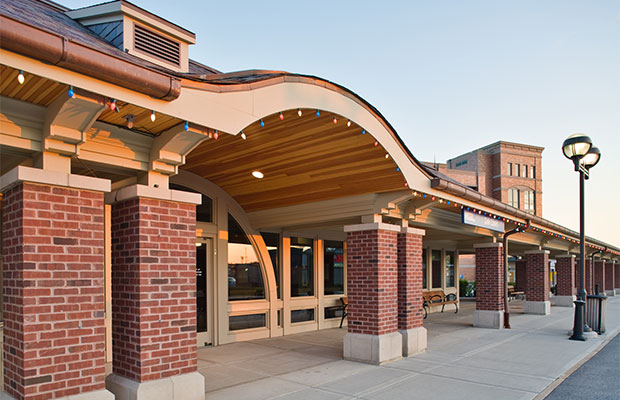
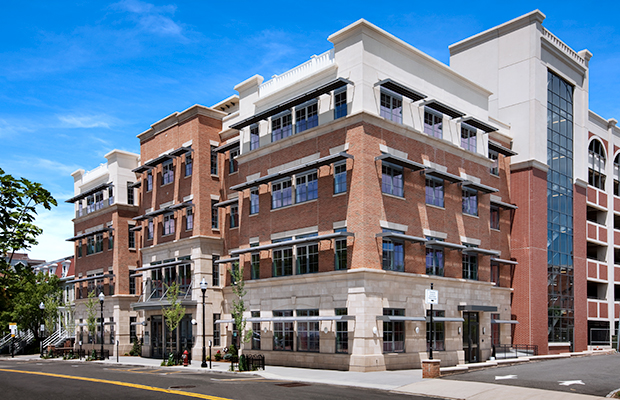
BE PART OF THE CONVERSATION
Follow @betterburb